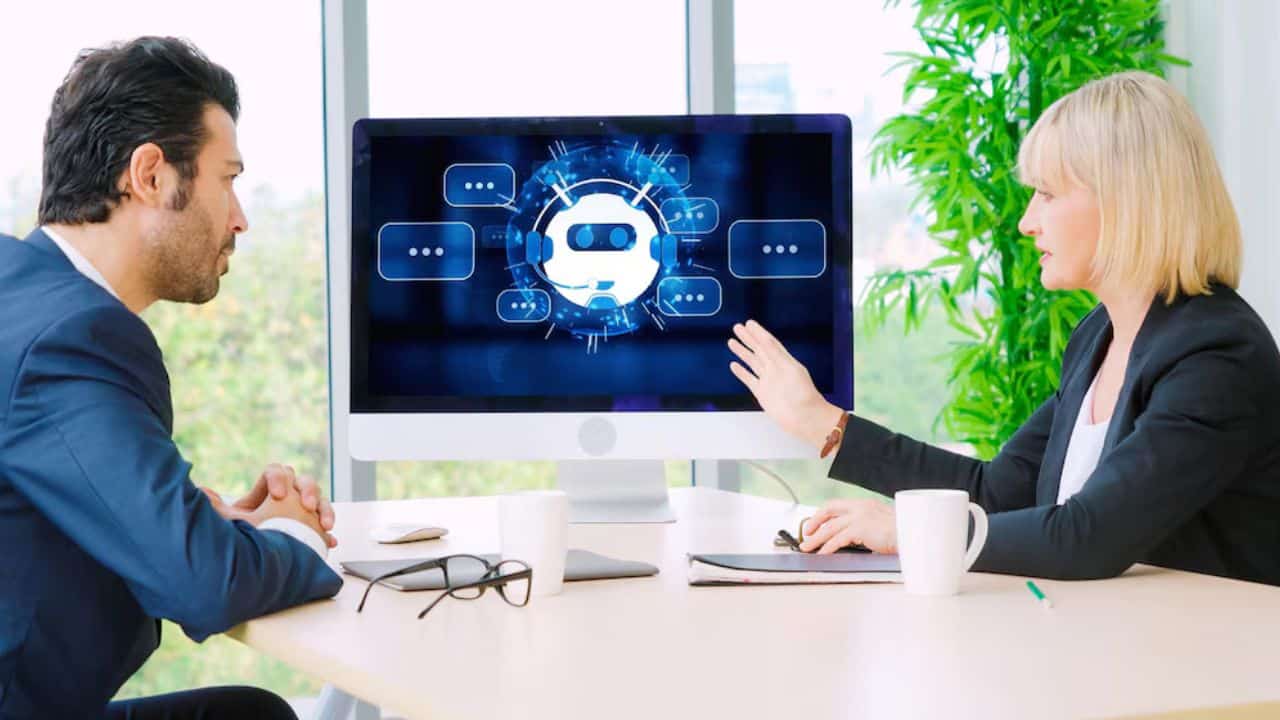Artificial Intelligence (AI) has swiftly transitioned from a futuristic concept to an integral part of our daily lives. Among the myriad applications of AI, AI tools and AI chatbots stand out for their profound impact on various sectors, ranging from customer service to healthcare. The evolution of these technologies illustrates a remarkable journey characterized by innovation, efficiency, and an ever-expanding scope of possibilities.
The Early Days of AI Tools
AI tools have come a long way since their inception. Initially, they were limited in scope and functionality, primarily focused on performing specific tasks like data analysis and pattern recognition. These early tools were rudimentary by today’s standards, often requiring extensive manual input and supervision. However, they laid the groundwork for the sophisticated systems we see today.
The advent of machine learning marked a significant leap forward. AI tools began to learn from data, improving their performance over time without explicit programming for every new scenario. This self-learning ability opened the door to a plethora of applications, transforming industries by automating complex processes and enhancing decision-making capabilities.
The Rise of AI Chatbots
Parallel to the development of AI tools, AI chatbots emerged as a revolutionary innovation in human-computer interaction. The earliest chatbots, like ELIZA developed in the 1960s, could only mimic human conversation to a very limited extent. These basic systems relied heavily on pre-defined scripts and could not engage in meaningful dialogue.
With advancements in Natural Language Processing (NLP) and machine learning, AI chatbots evolved dramatically. Modern chatbots can understand context, recognize speech patterns, and provide responses that are remarkably human-like. They are now capable of handling a wide range of queries, offering personalized recommendations, and even managing complex customer service issues without human intervention.
Transformative Impacts on Industries
The integration of AI tools and AI chatbots into various industries has been transformative. In customer service, for instance, AI chatbots have revolutionized the way businesses interact with their customers. They offer 24/7 support, handle multiple queries simultaneously, and provide quick, accurate responses. This not only enhances customer satisfaction but also significantly reduces operational costs.
In healthcare, AI tools are aiding in diagnostics and treatment planning. They analyze vast amounts of medical data to identify patterns and suggest optimal treatment options. AI chatbots in this sector provide patients with instant medical advice, appointment scheduling, and follow-up care, thereby improving accessibility to healthcare services.
Enhancing Personalization and User Experience
One of the most significant benefits of AI tools and AI chatbots is their ability to deliver personalized experiences. By analyzing user data, these systems can tailor their responses and recommendations to individual preferences and behaviors. This level of personalization enhances user engagement and satisfaction, making interactions more relevant and enjoyable.
For instance, in e-commerce, AI chatbots can recommend products based on a user’s browsing history and previous purchases. Similarly, AI tools in content streaming services suggest movies, shows, or music that align with the user’s tastes. This personalized approach not only boosts sales and user retention but also fosters a deeper connection between the user and the platform.
Overcoming Challenges and Ethical Considerations
Despite the remarkable advancements, the deployment of AI tools and AI chatbots is not without challenges. One of the primary concerns is data privacy and security. As these systems rely on vast amounts of data to function effectively, ensuring that user data is protected from breaches and misuse is crucial.
Moreover, there are ethical considerations regarding the replacement of human jobs. While AI chatbots and tools increase efficiency and reduce costs, they also raise concerns about job displacement. It is essential for policymakers and businesses to strike a balance between leveraging AI technologies and preserving employment opportunities.
The Future of AI Tools and Chatbots
The future of AI tools and AI chatbots looks incredibly promising. With continuous advancements in AI research, these technologies are expected to become even more sophisticated and integrated into our daily lives. Emerging trends such as emotional AI, which aims to understand and respond to human emotions, and enhanced contextual understanding will further elevate the capabilities of AI chatbots.
In addition, the integration of AI with other technologies like the Internet of Things (IoT) will open new avenues for innovation. For example, AI tools could be used to manage smart homes more efficiently, predict user needs, and seamlessly automate household tasks.
A Positive Outlook on AI Integration
The evolution of AI tools and AI chatbots represents a positive trajectory toward a more efficient and personalized future. These technologies have already demonstrated their potential to transform industries, enhance user experiences, and streamline operations. As they continue to evolve, their impact will likely grow, bringing even more benefits to businesses and individuals alike.
Embracing AI tools and AI chatbots does not mean discarding human touch but rather augmenting it. The collaboration between humans and AI can lead to unprecedented innovations and solutions, making the world a more connected and responsive place. Therefore, investing in and advancing AI technologies holds immense promise for the future, driving progress and improving lives on multiple fronts.
In sum, the journey of AI tools and AI chatbots from simple beginnings to powerful, intelligent systems is a testament to the potential of technology to revolutionize the way we live and work. The positive impact is undeniable, and as we move forward, the symbiotic relationship between humans and AI will continue to unlock new possibilities and foster a brighter, more efficient future.











































